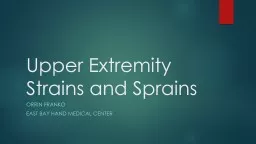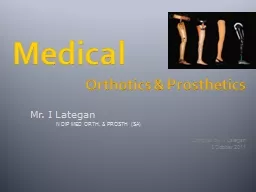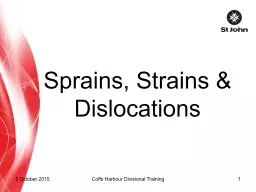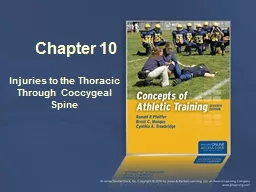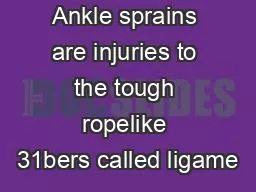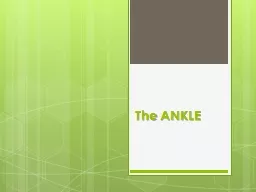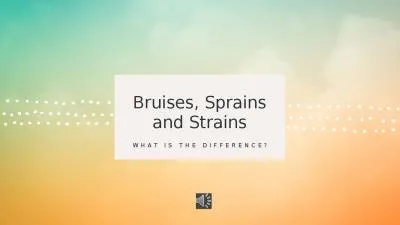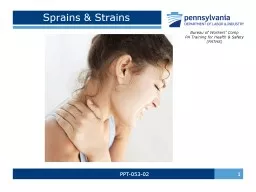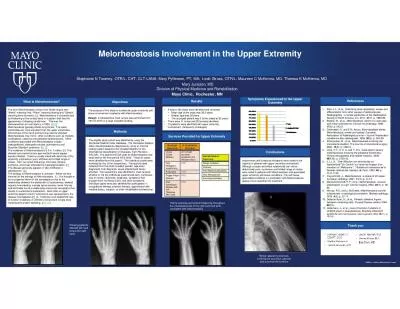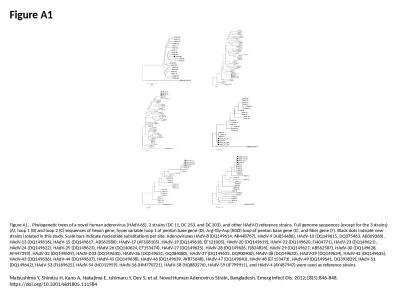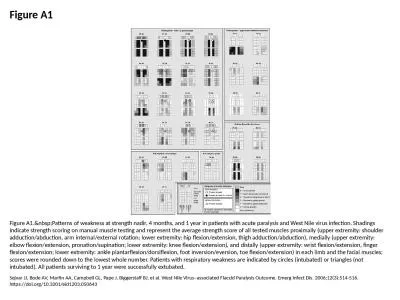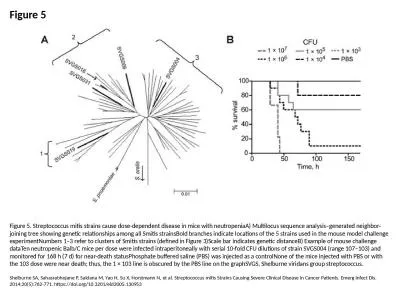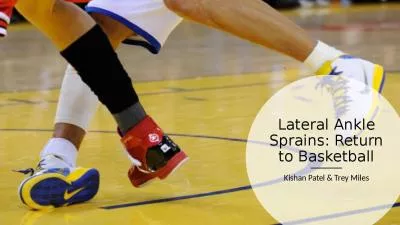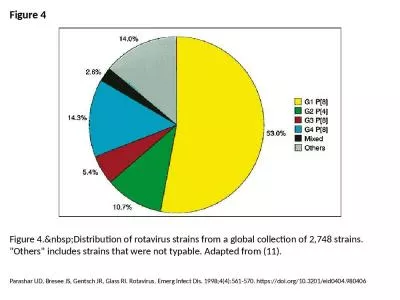PPT-Upper Extremity Strains and Sprains
Author : olivia-moreira | Published Date : 2020-04-02
Orrin Franko East Bay Hand Medical Center wwwEBHMCcom Cell 8583377149 wwwebhmccomreferral Table of Contents Shoulder AC dislocation Shoulder dislocation Biceps tendonitis
Presentation Embed Code
Download Presentation
Download Presentation The PPT/PDF document " Upper Extremity Strains and Sprains" is the property of its rightful owner. Permission is granted to download and print the materials on this website for personal, non-commercial use only, and to display it on your personal computer provided you do not modify the materials and that you retain all copyright notices contained in the materials. By downloading content from our website, you accept the terms of this agreement.
Upper Extremity Strains and Sprains: Transcript
Download Rules Of Document
" Upper Extremity Strains and Sprains"The content belongs to its owner. You may download and print it for personal use, without modification, and keep all copyright notices. By downloading, you agree to these terms.
Related Documents

